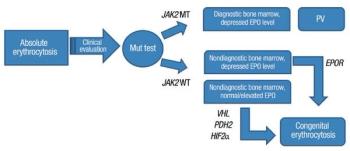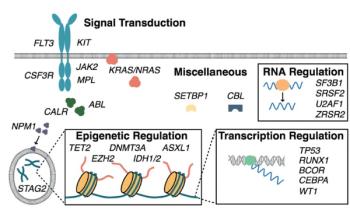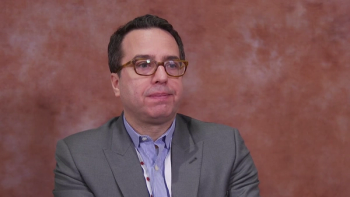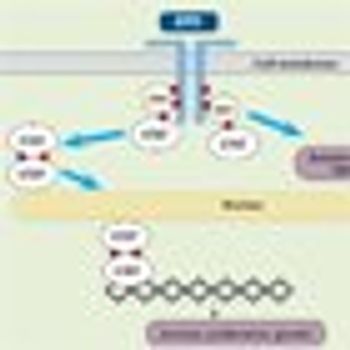
Second-line therapies for myelofibrosis that are available or in the pipeline for use.

Your AI-Trained Oncology Knowledge Connection!


Second-line therapies for myelofibrosis that are available or in the pipeline for use.

Circumstances for which hydroxyurea, ruxolitinib, or other therapy may be selected to treat newly diagnosed myelofibrosis.

Best practices in determining eligibility and preparing patients with myelofibrosis for allogeneic stem cell transplantation.

Characteristics that contribute to treatment decisions for patients with newly diagnosed myelofibrosis

Criteria used to risk stratify and classify patients with newly diagnosed myelofibrosis and establish treatment paradigms.

The most common symptoms that present in patients with newly diagnosed myelofibrosis and variables that factor into initial treatment decisions.

The role of signaling pathways, mutations, and alterations in the development of myelofibrosis (MF), and characteristics that distinguish primary MF from secondary MF.

In this second part of our two-part review, we discuss the use of mutation profiling in the diagnosis, prognosis, and treatment of patients with myeloproliferative neoplasms and other myeloid diseases.

In this first part of our two-part review, we introduce mutation profiling as a relevant clinical tool for hematologists treating patients with myeloid malignancies.

This video highlights results of a phase I study of idasanutlin (RG7388) in patients with refractory polycythemia vera and essential thrombocythemia.

In this article, we provide updated data on ruxolitinib therapy for patients with myelofibrosis and offer expert opinion on the appropriate use of this agent in the community practice.